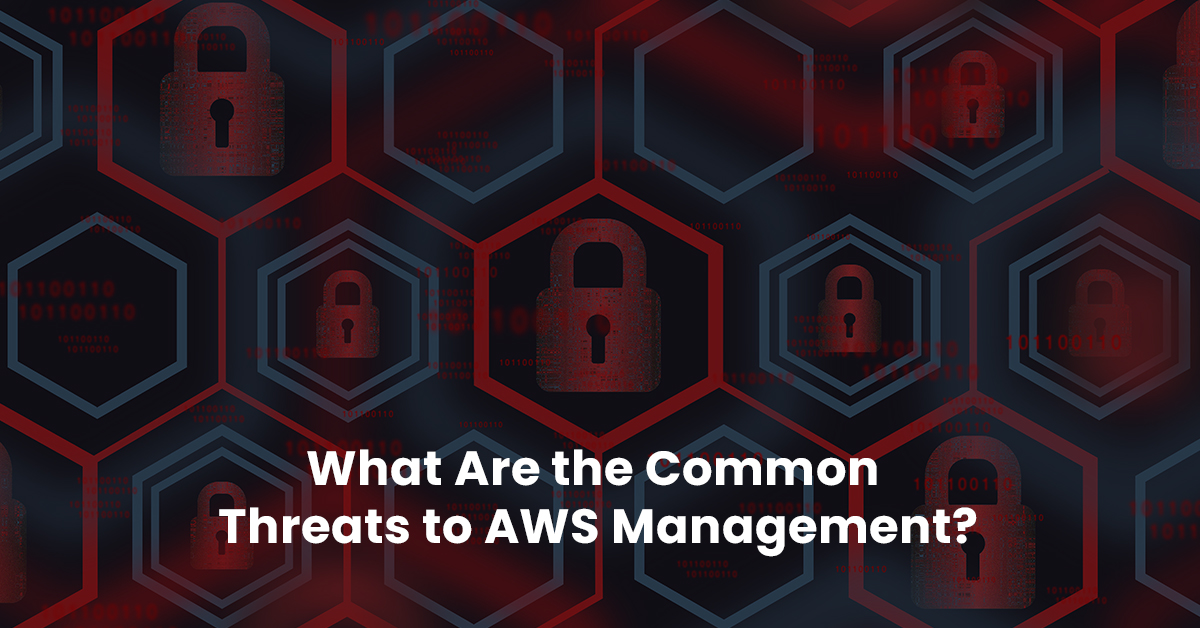AWS (Amazon Web Services) is a handy platform for organizations looking for digital transformation. The service provides seamless data access, scalable resources, and reliable cloud infrastructure. Security on AWS is a shared responsibility between Amazon Web Services and the user. AWS secures the infrastructure for the platform, but the users should ensure proper configurations for their workloads.
Despite AWS being secure, scalable, and easily accessible, managing it is still a significant problem. With cyberattacks getting more sophisticated, AWS management can be tricky. Here are some of the top threats to AWS management to watch out for:
S3 Misconfigurations
Simple Storage Service (S3) misconfigurations are a great challenge to AWS management. Most users misconfigure their S3 buckets, leaving them open to anyone, activating an accidental data exposure. Some users do not understand how to configure S3 buckets, which gives hackers easy access to data within the buckets.
To prevent S3 data leaks, ensure that you configure S3 buckets properly, so that hackers can’t access them.
Insufficient Identity and Access Management (IAM)
Access control is one of the biggest threats to AWS management. Identity and Access Management (IAM) gives users control over who can access data. However, most users end up setting access controls incorrectly. Incorrect access control grants access to the wrong people, which leaves you at risk of major cyberattacks.
It’s best to understand how AWS IAM works and create stellar access policies. When designing user profiles, ensure you grant particular levels of access to users who need them.
It’s also essential to create a strong password policy that defines how users can create and change their passwords. While AWS has a default password policy, you can upgrade it to a personalized approach of your liking.
Some of the most crucial things to include in a password policy include:
- Minimum password length
- Mix of alphabetic and non-alphabetic characters
- Password change frequency/ password expiration period
- Use of symbols and special characters
- Lockout policy
- Prevent password reuse
A password management policy provides crucial identity theft protection. It makes users unpredictable, and prevents the use of simple, common passwords that intruders can easily crack.
Loose Security Group Policies
Security groups are a great way to protect your Instances. They help filter both inbound and outbound traffic for your EC2 Instances. Unfortunately, most administrators create loose security group rules that expose your Instances to hackers.
It’s essential to audit your security group policies often to protect your Instances. Frequent auditing of group policies helps you to identify issues such as open ports, unwanted inbound traffic, and more.
Disable Logging on S3 Buckets
The majority of users fail to enable the logging of data on S3 buckets. The failure to enable logging on buckets makes it impossible to monitor the traffic and key requests that would help detect hacking attempts.
By default, logging on S3 is usually disabled, and users have to enable logging manually. When you enable logging, you record log data for all requests made on the S3 buckets. You’re providing visibility into the nature of bucket requests.
It’s advisable always to ensure you’ve enabled data logs for all S3 buckets. You should review the logs regularly to detect anomalies in your buckets.
Conclusion
To cushion themselves from costly malicious data attacks, organizations need proper AWS management. However, this is always difficult, given the numerous technical aspects of AWS and the limited skillset among most users. Fortunately, there are a variety of tools that cloud administrators can leverage to manage their AWS properly.
Designers based the nOps platform on the AWS Well-Architected Framework to help organizations manage AWS and build secure and resilient workloads. nOps provides 360-degree visibility into issues such as S3 misconfigurations, weak IAM policies, loose security group policies, and more. Schedule a demo, or contact us today to get started with nOps!



